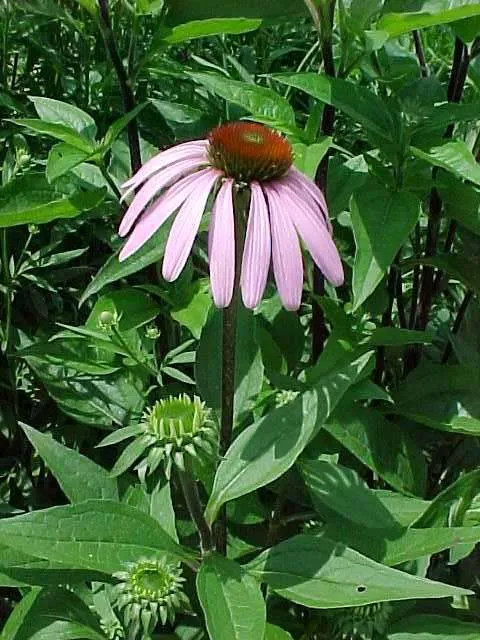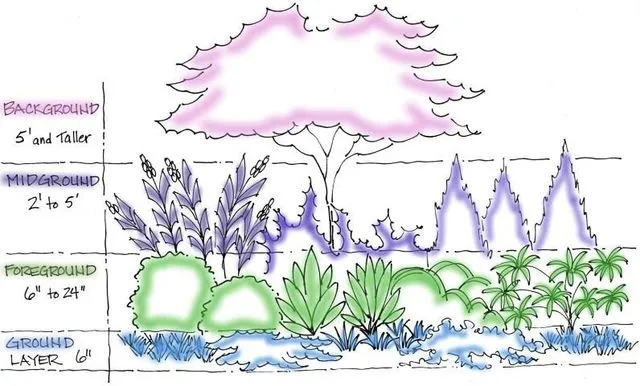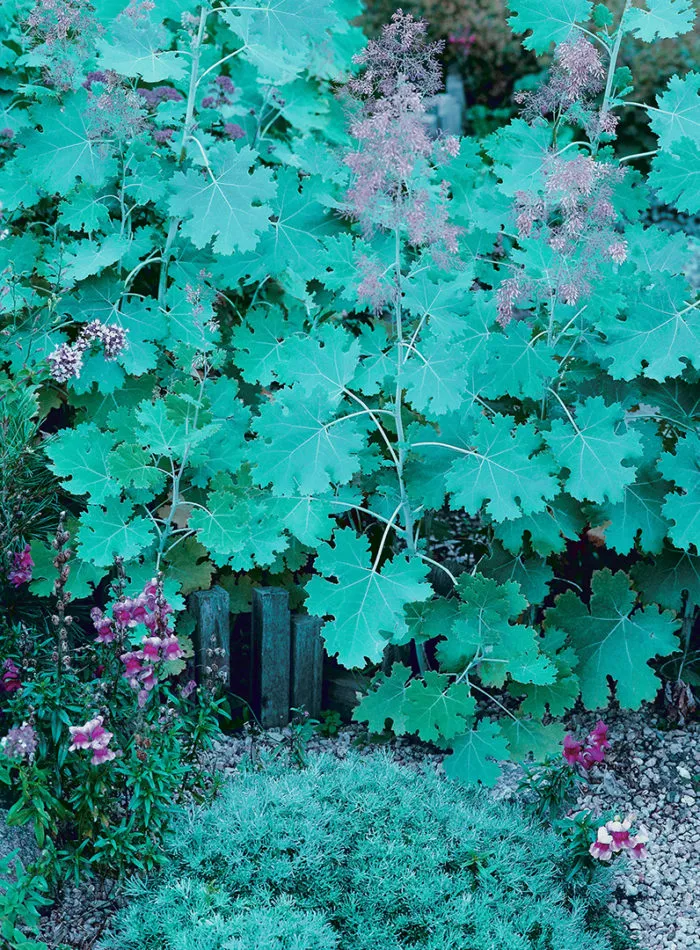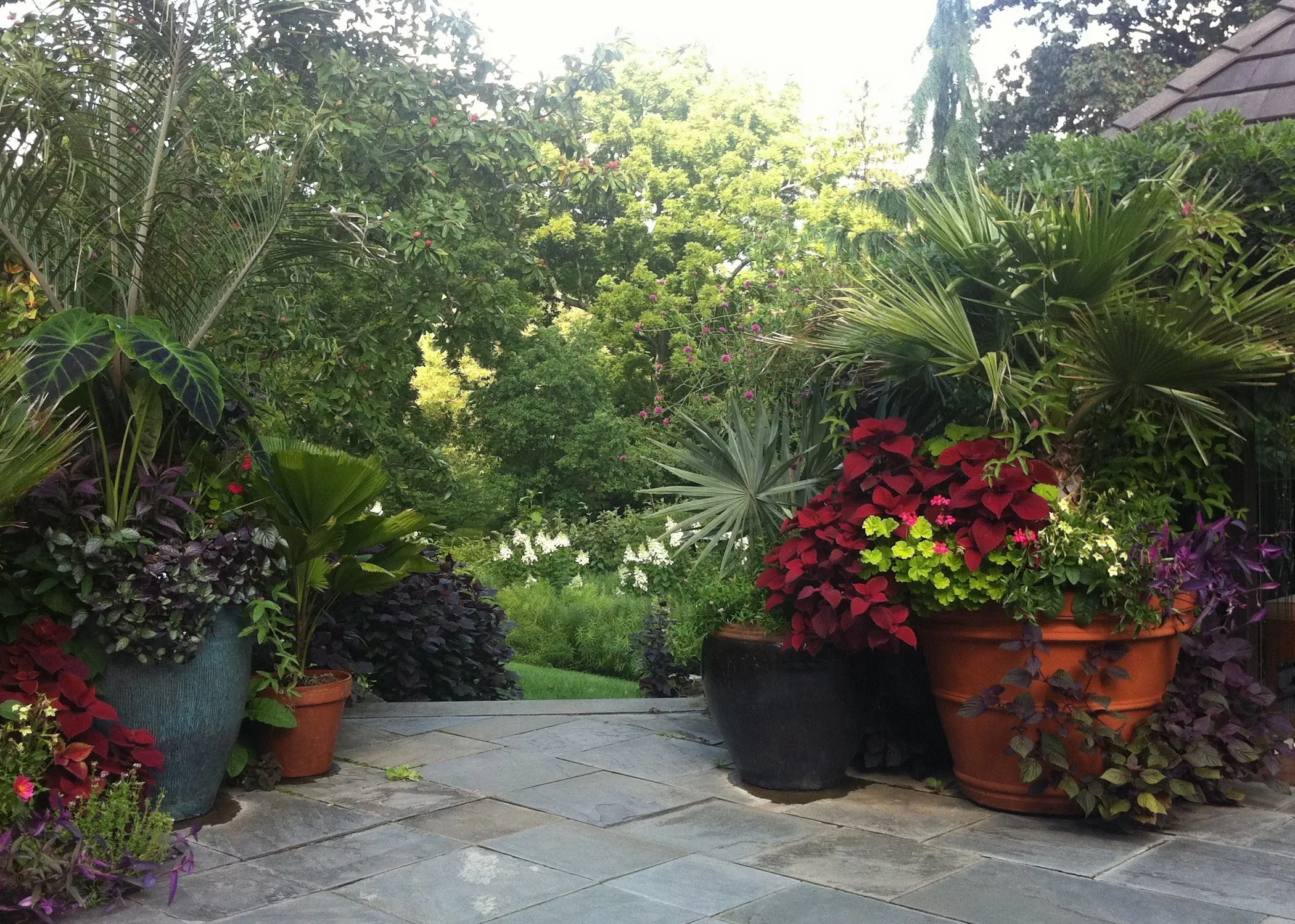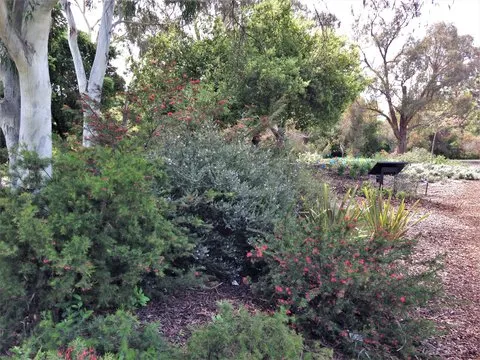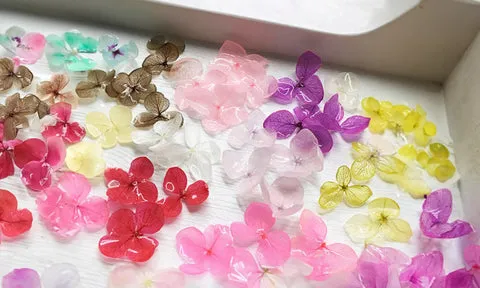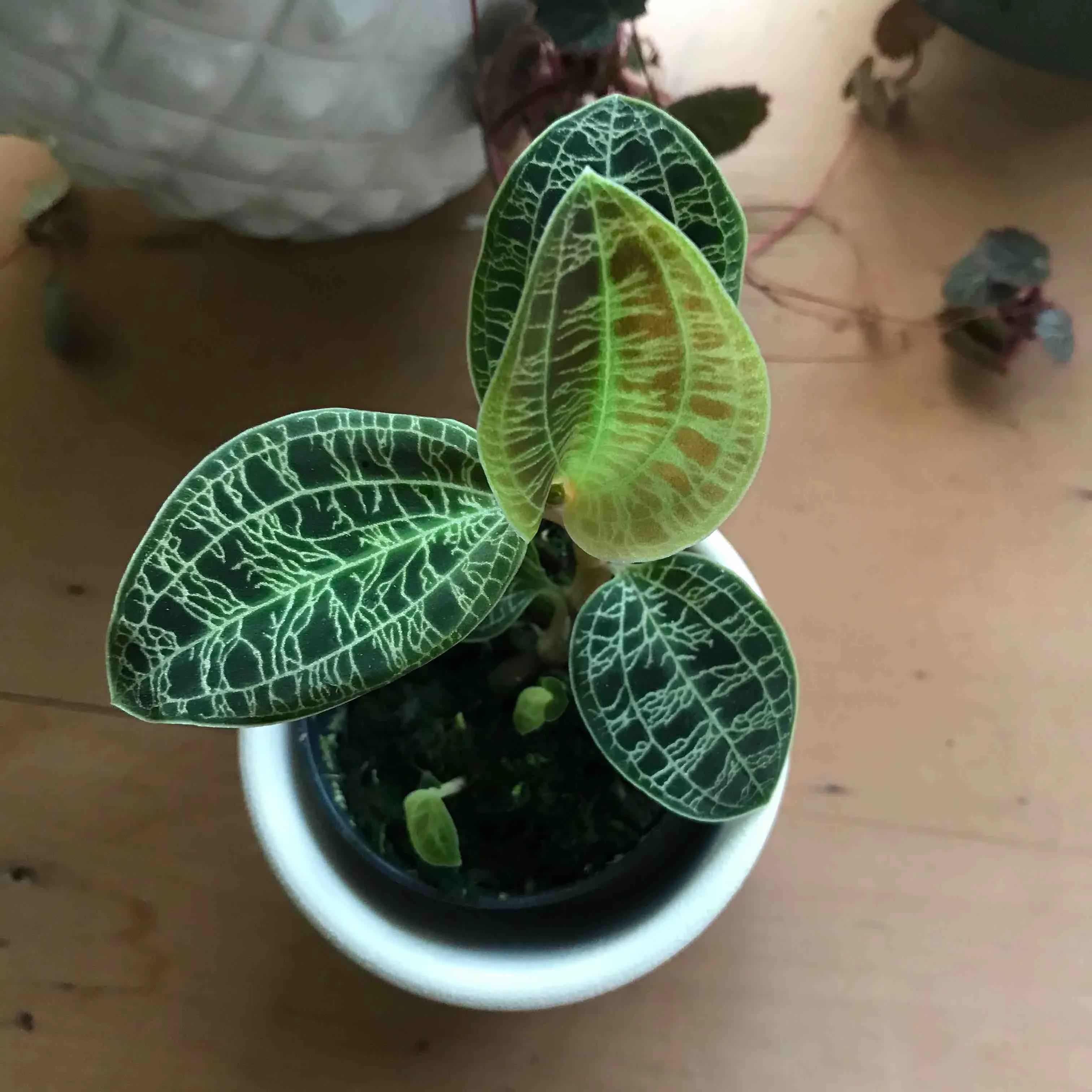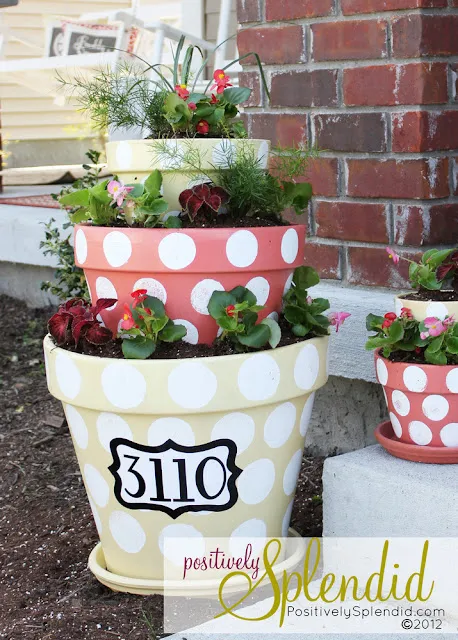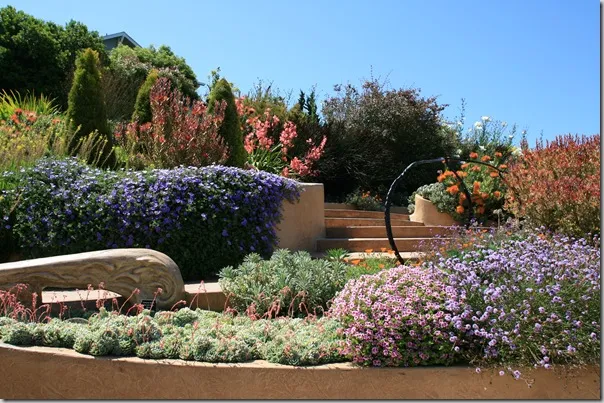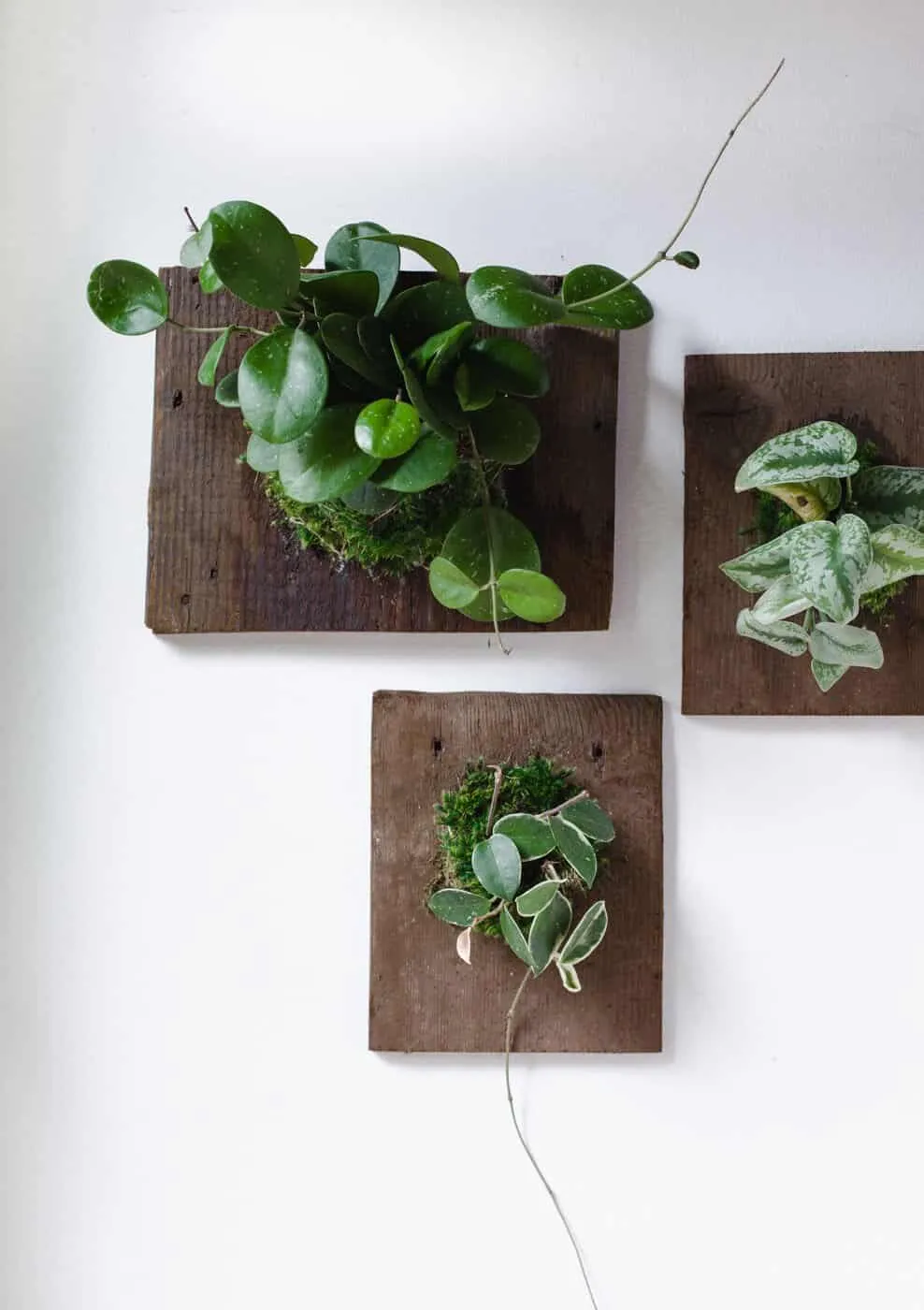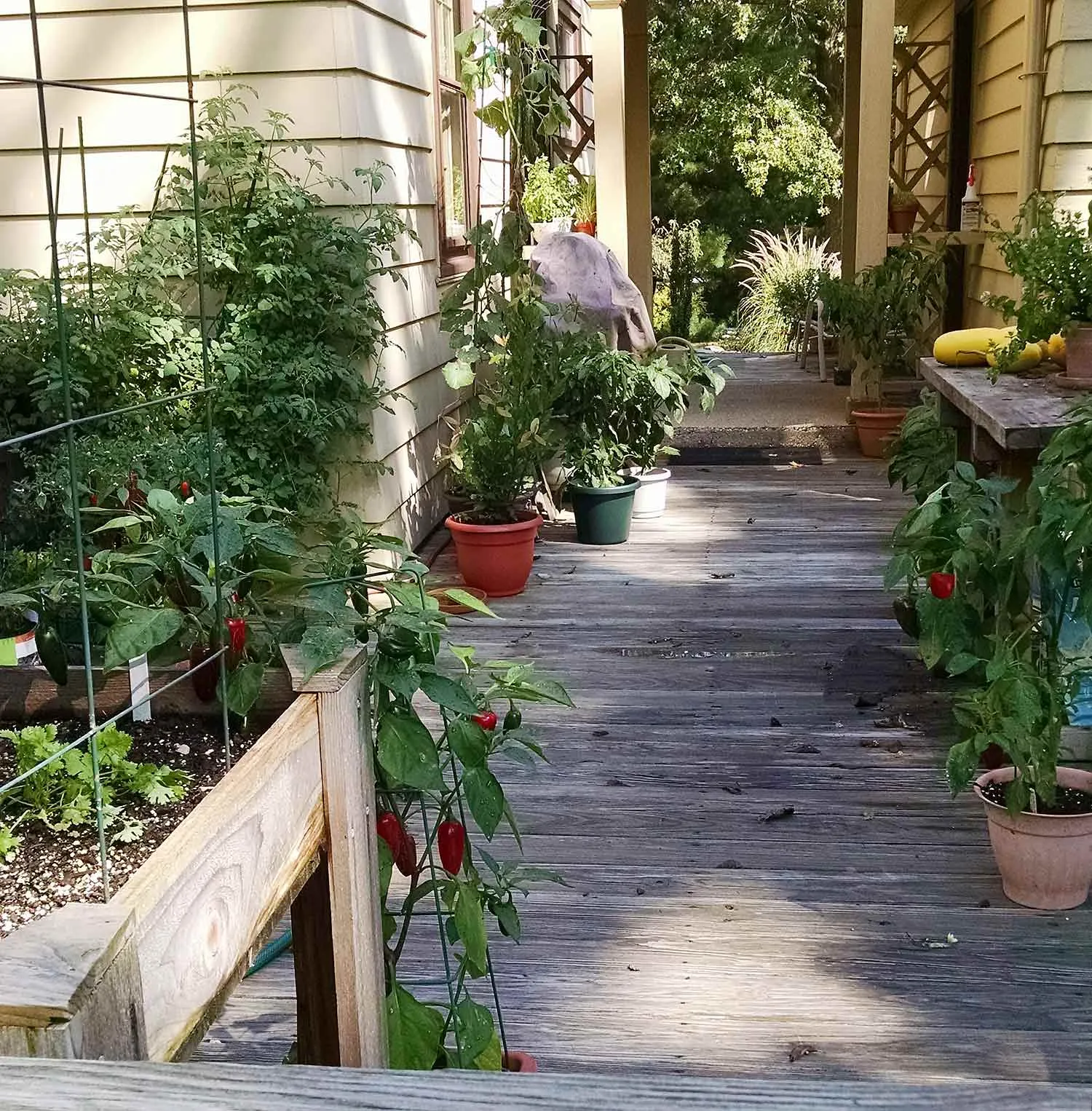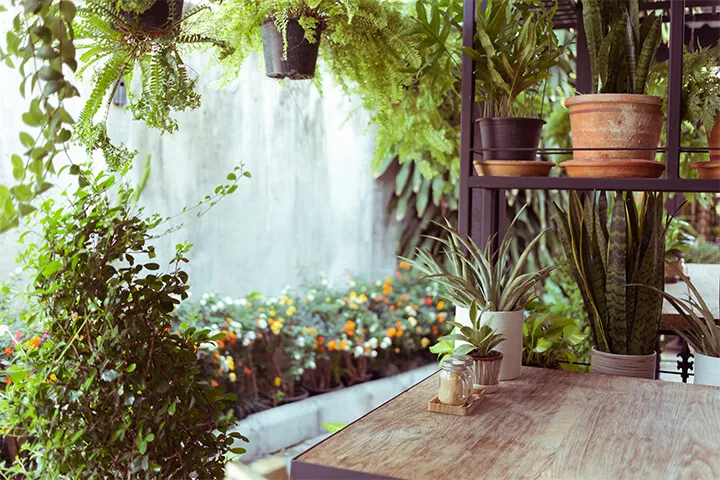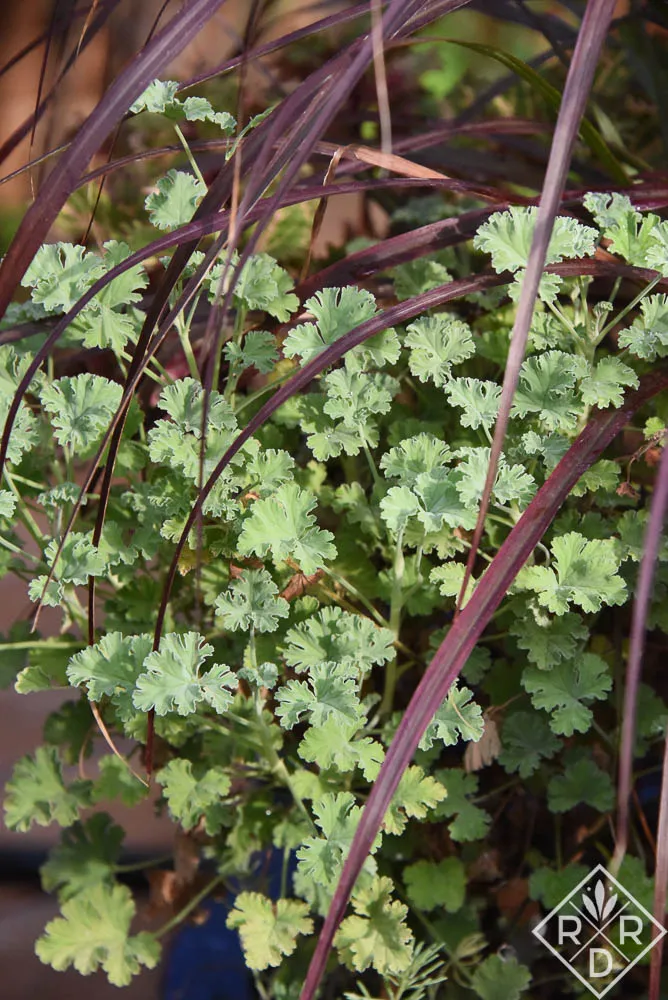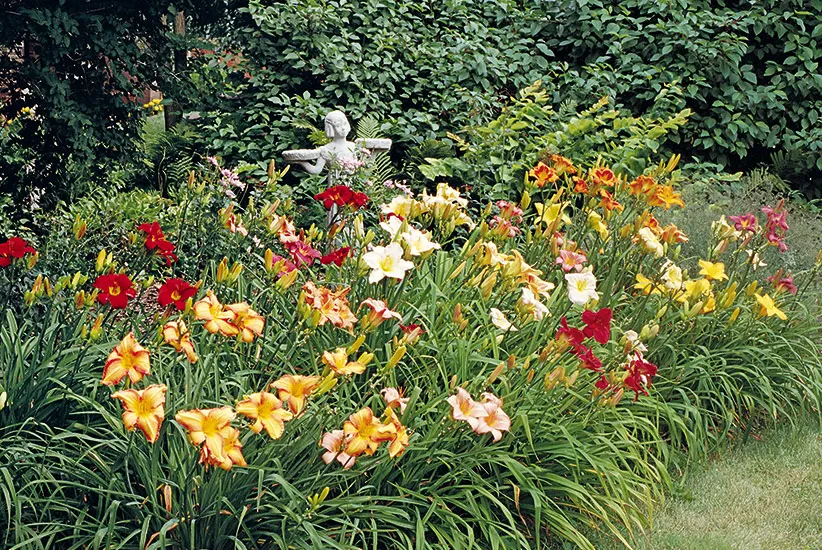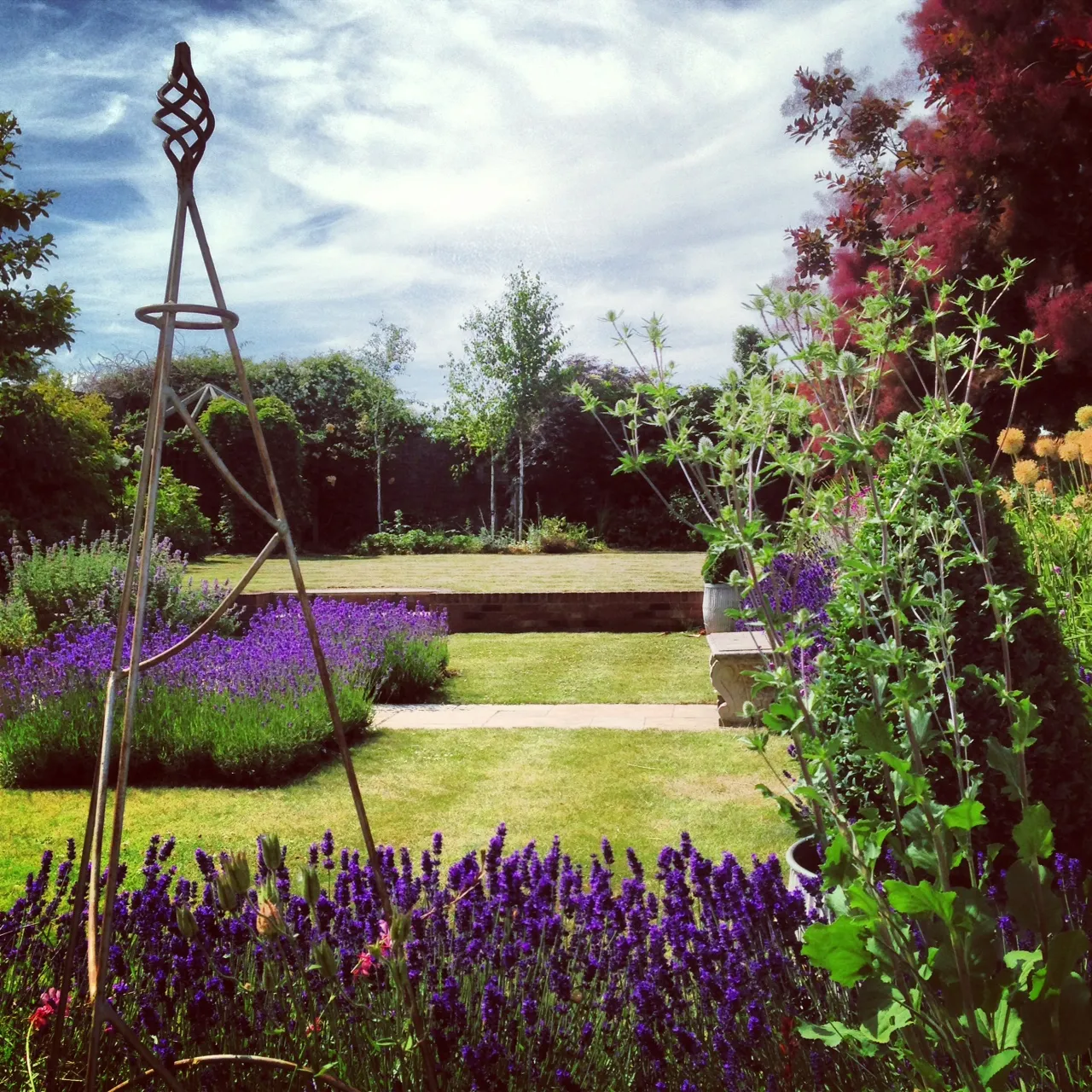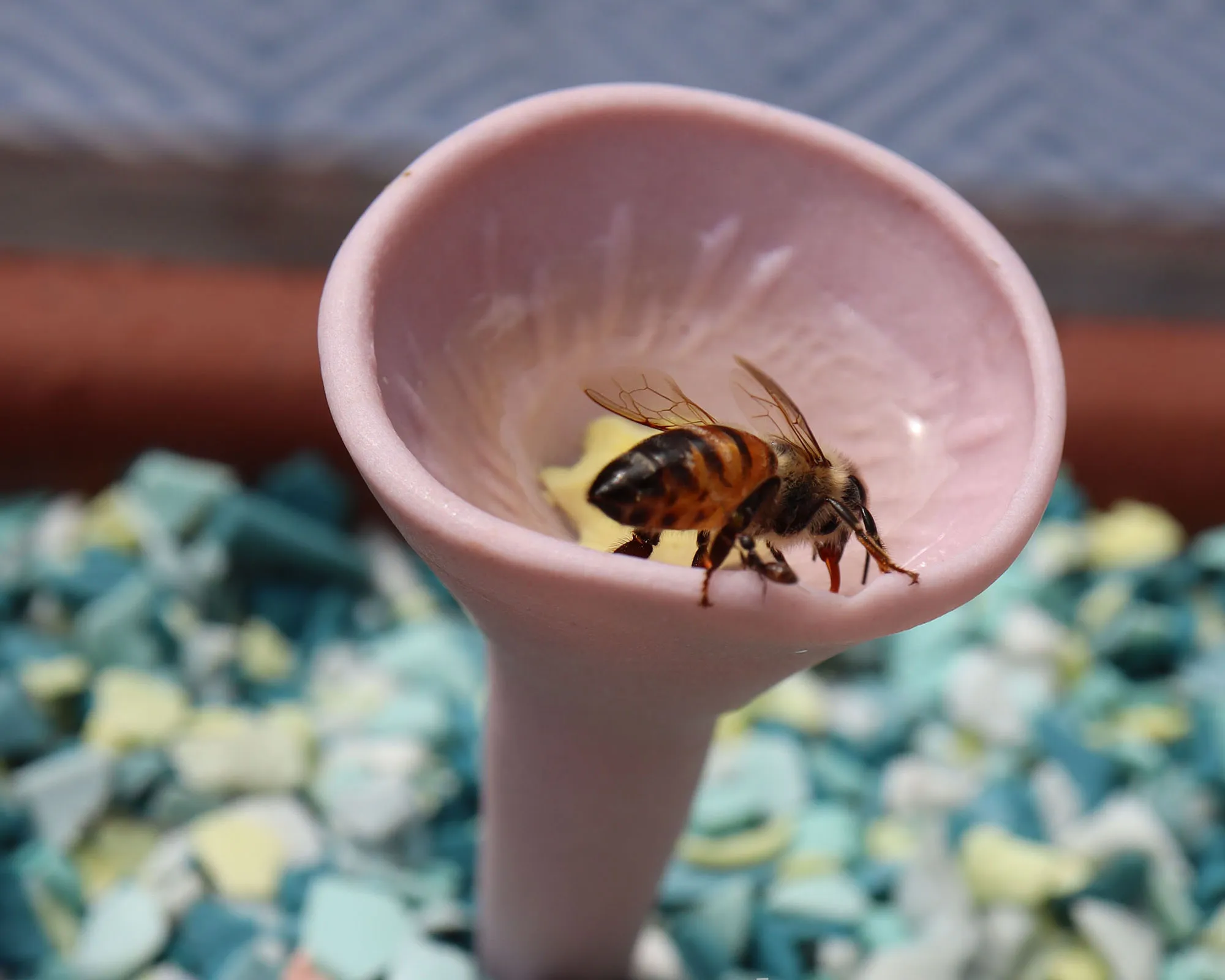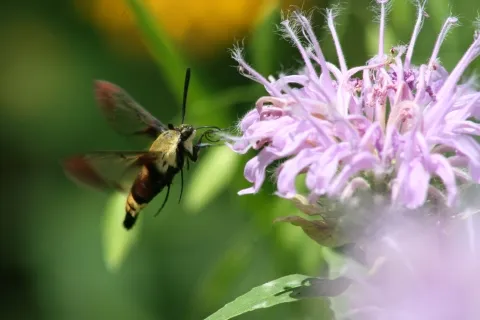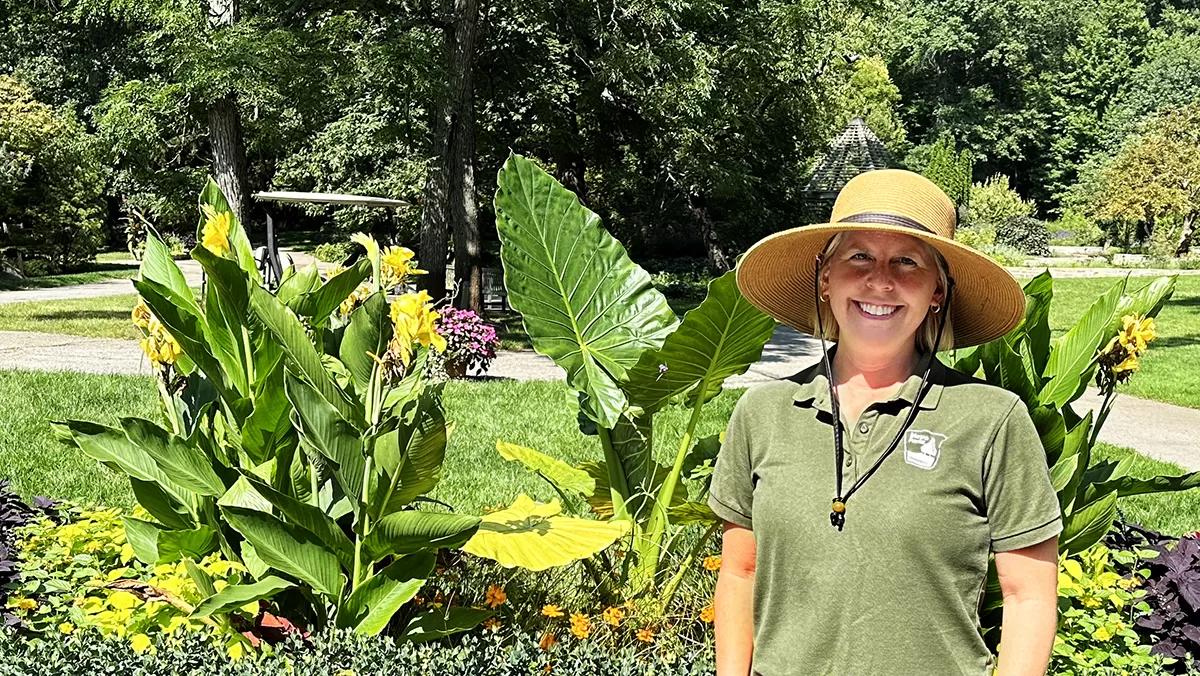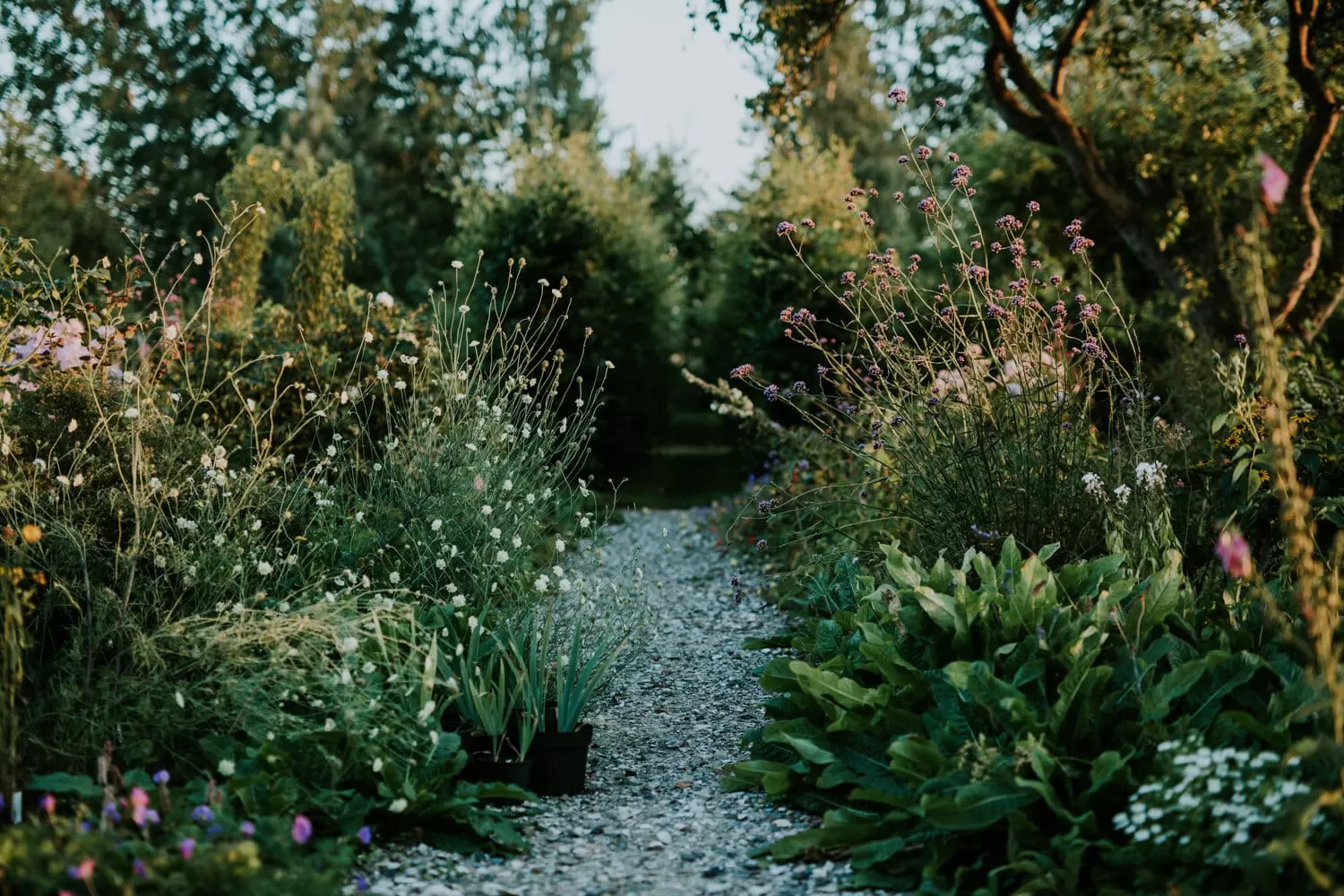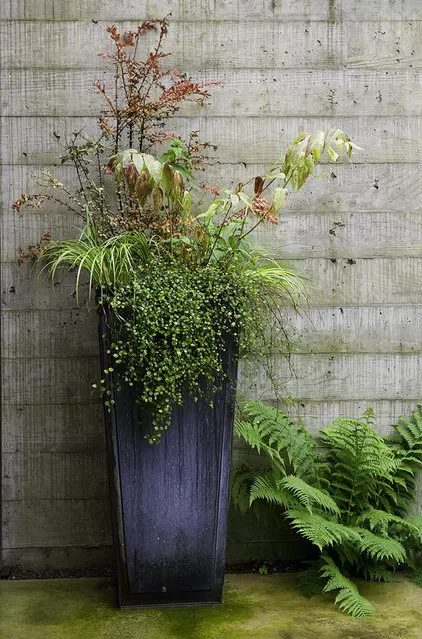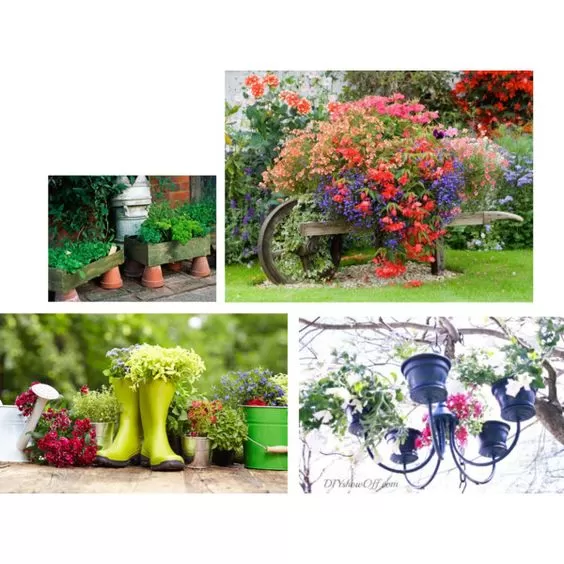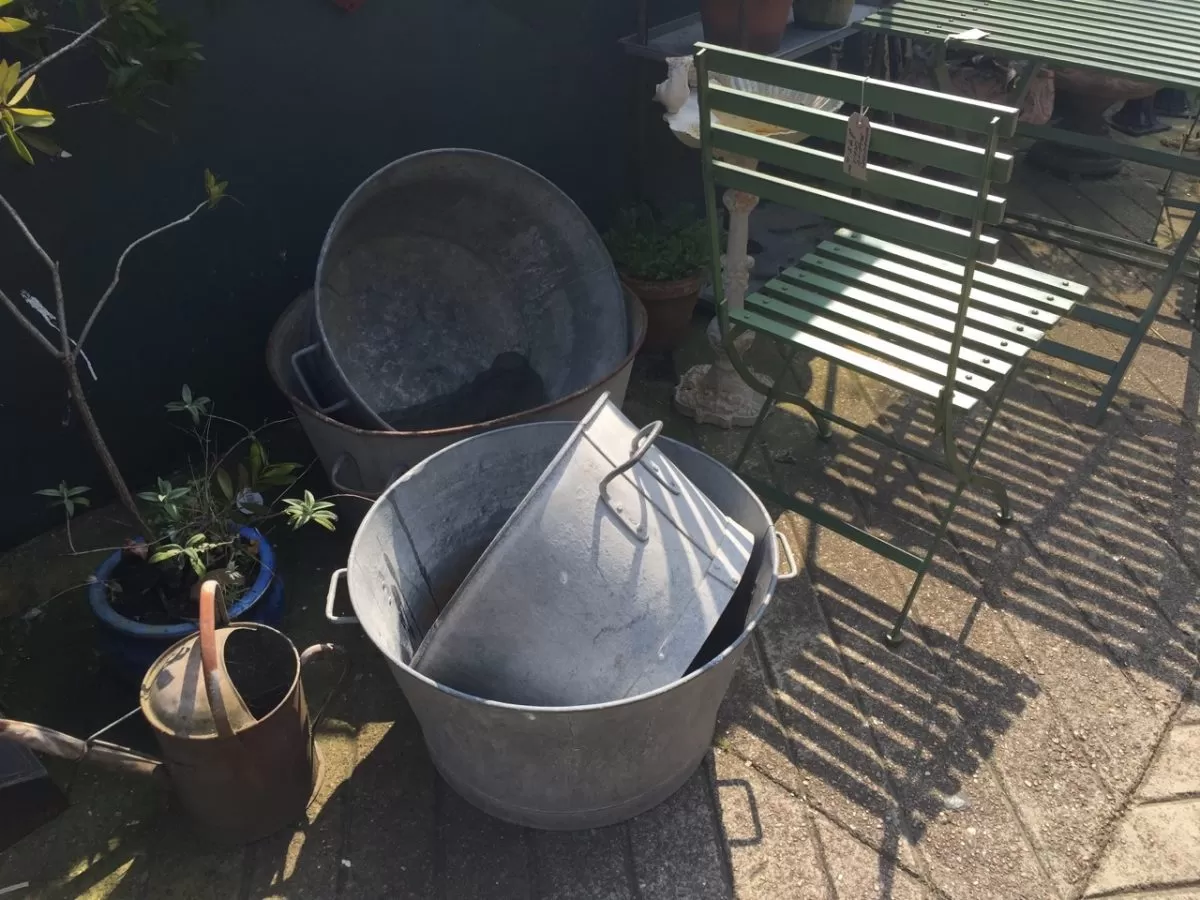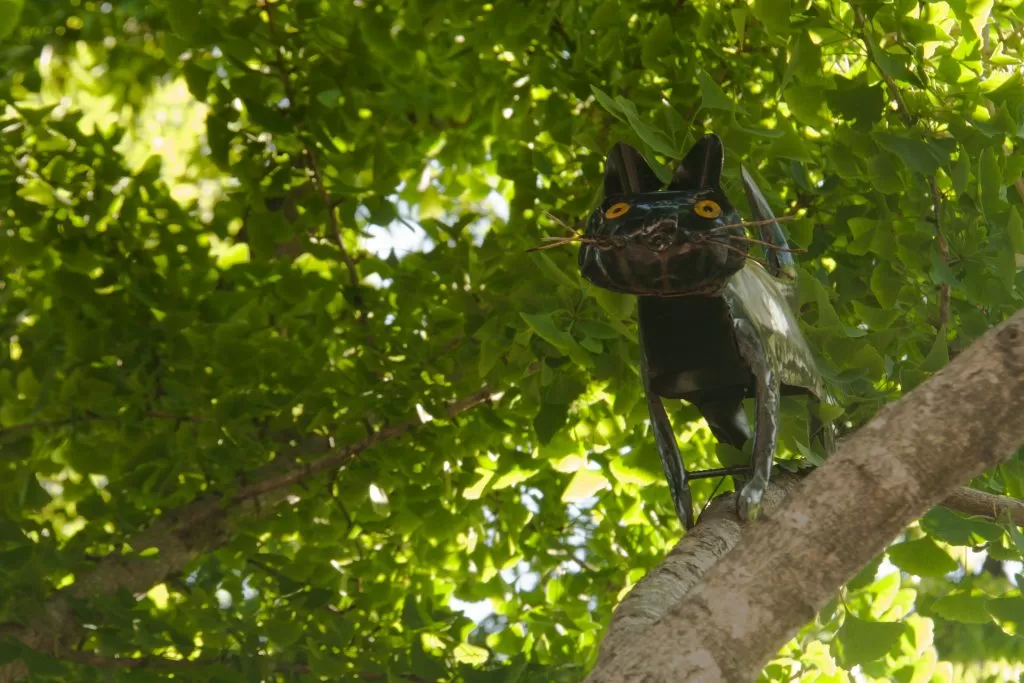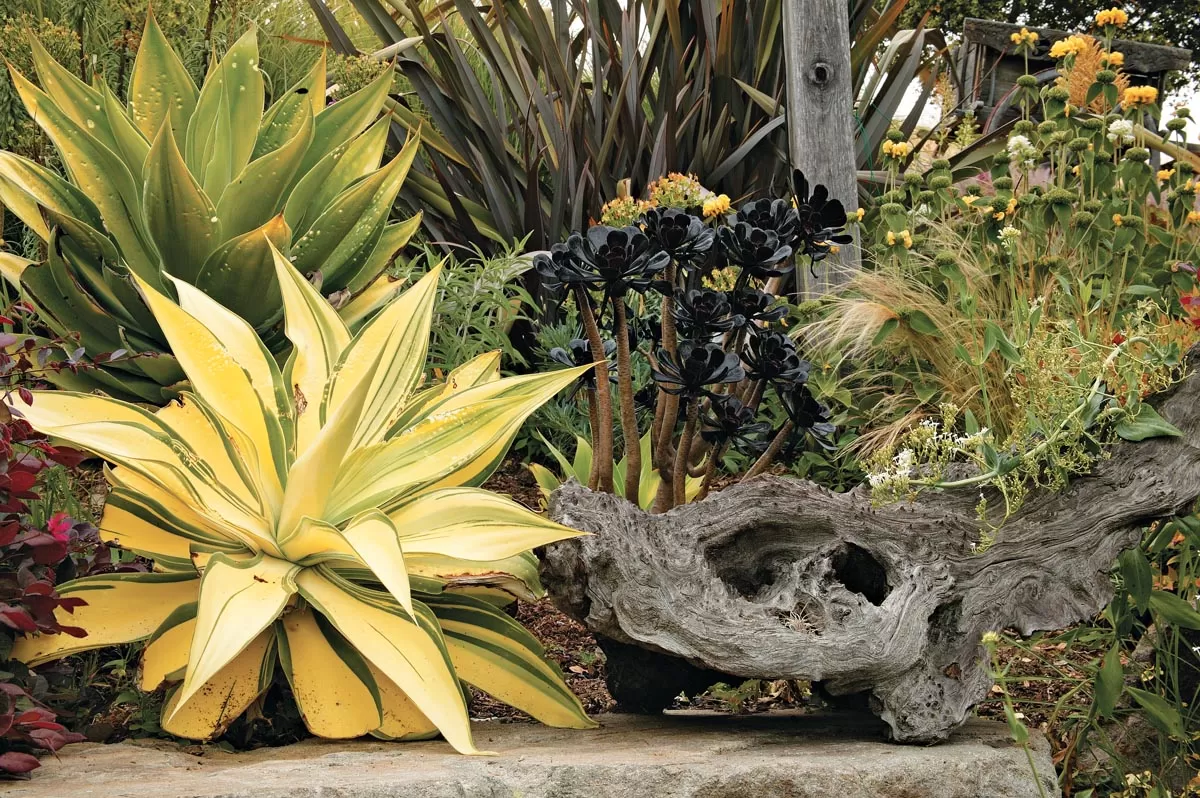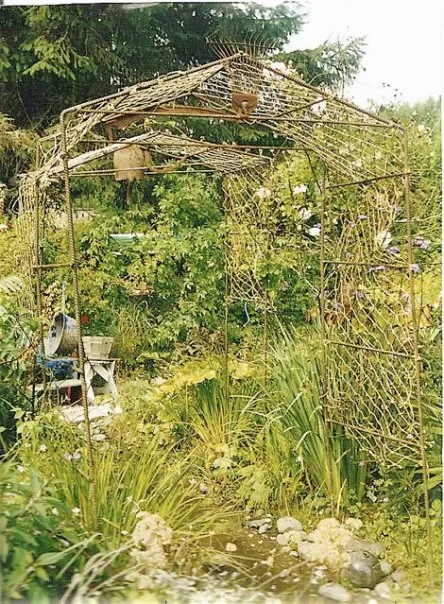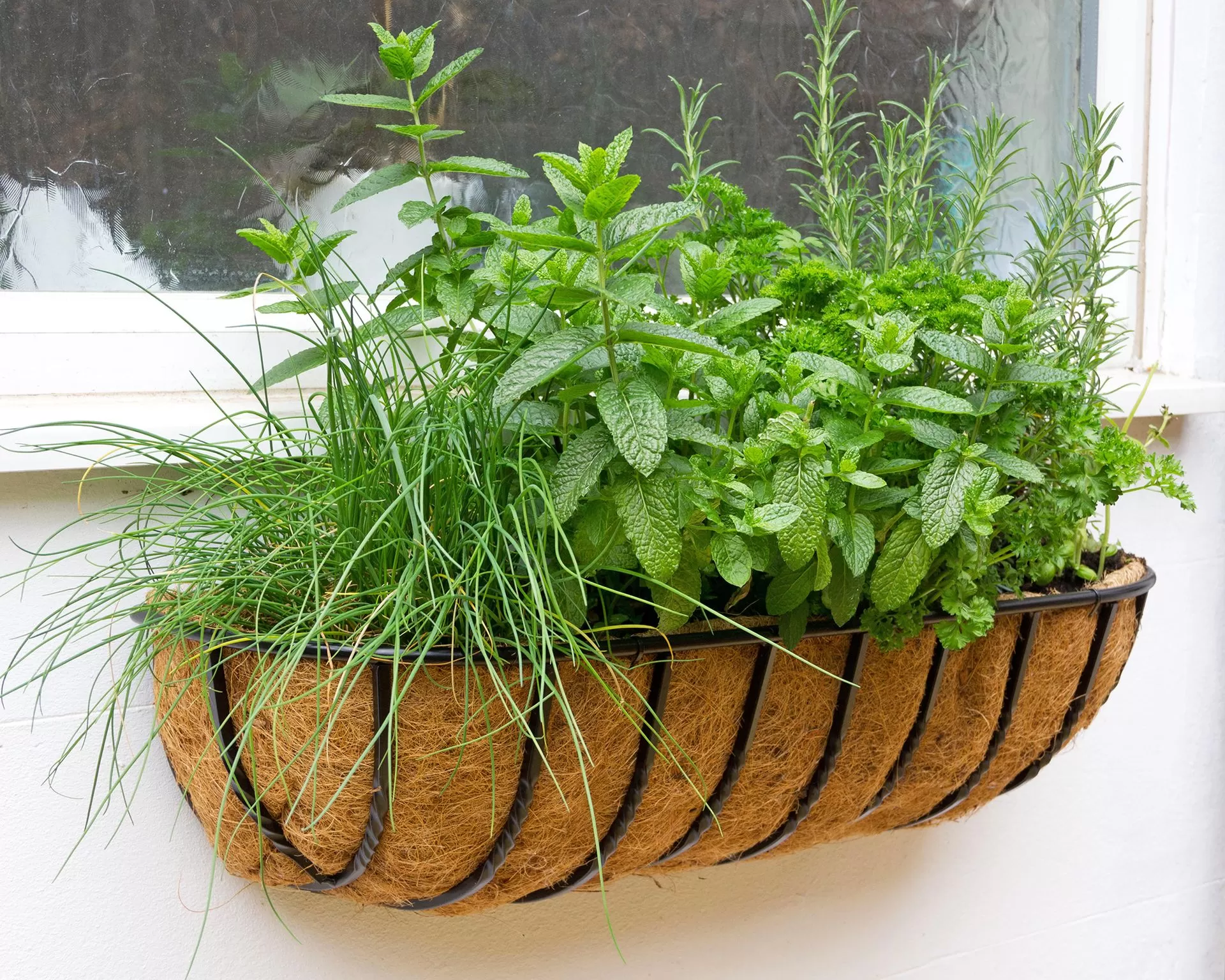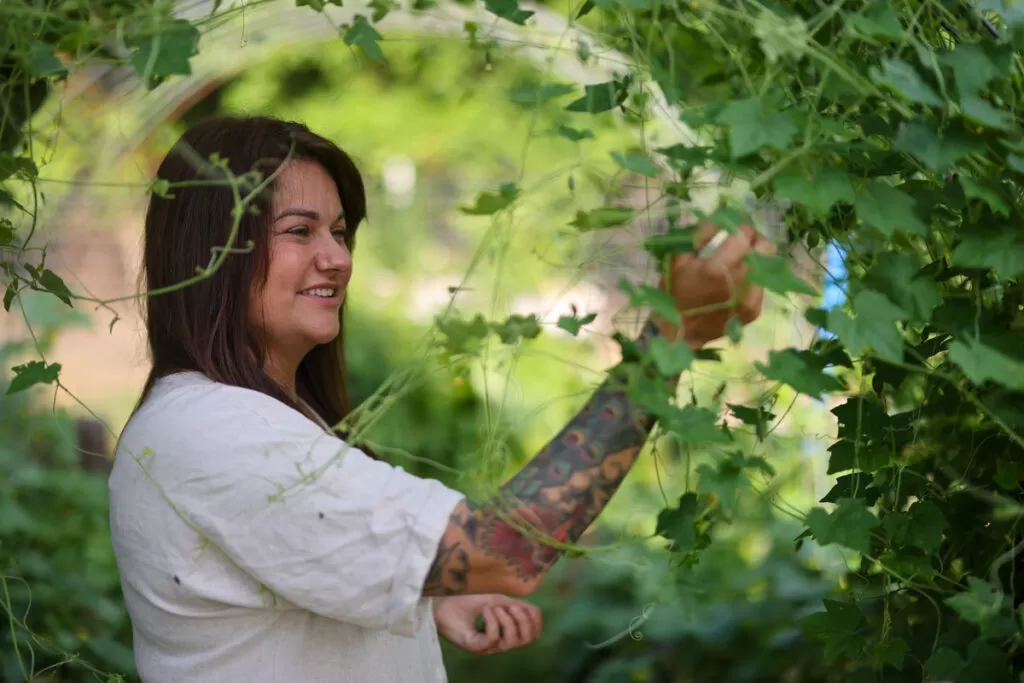- Invasive ground covers with purple flowers offer vibrant, low-maintenance options for gardens
- Popular choices include Creeping Liliturf, Globe Candyturf, and Grape Hyacinth
- Small purple ground cover flowers like Creeping Thyme and Creeping Phlox create stunning carpets
- Vine options such as Periwinkle and Purple Passionflower add vertical interest
- Consider the plant’s invasiveness and your garden’s needs when selecting ground covers
Imagine transforming your garden into a sea of purple blooms, effortlessly spreading their charm across your landscape. Invasive ground covers with purple flowers offer just that – a low-maintenance solution to add vibrant color and lush coverage to your outdoor space. In this article, we’ll explore 20 of the best options, from small perennials to sprawling vines, that will elevate your garden’s beauty and appeal.
Contents
- What are Ground Cover Purple Plants?
- Invasive Ground Cover with Purple Flowers
- Creeping Liliturf (Liriope Spicata)
- Globe Candyturf (Iberis Umbellata)
- Grape Hyacinth (Muscari spp.)
- Dalmatian Bellflower (Campanula portenschlagiana)
- Creeping Bellflower (Campanula rapunculoides)
- Small Purple Ground Cover Flowers
- Woodland Sage (Salvia nemorosa)
- Creeping Thyme (Thymus serpyllum)
- Creeping Phlox (Phlox subulata)
- Purple Plants That Spread
- Bugleweed (Ajuga reptans)
- Purple Heart (Tradescantia pallida)
- Purple Verbena (Verbena bonariensis)
- Vine Ground Cover with Purple Flowers
- Periwinkle (Vinca minor)
- Purple Passionflower (Passiflora incarnata)
- Purple Clematis (Clematis viticella)
What are Ground Cover Purple Plants?
Ground cover plants with purple flowers are low-growing, mat-forming varieties that create a stunning carpet of foliage and colorful blooms. These enchanting plants not only provide excellent coverage but also add a pop of purple to your landscape, making them a favorite among gardeners seeking both functionality and aesthetics.
Invasive Ground Cover with Purple Flowers
Creeping Liliturf (Liriope Spicata)
Liriope spicata, also known as Creeping Liliturf, is a grass-like plant that forms tight bunches with thin, strap-like leaves. In late summer and early fall, it produces tall spikes of tiny lavender to white flowers, followed by small black berries.
This hardy plant thrives in various conditions, including sandy or clay soil, full sun or partial shade. It’s an excellent choice for difficult landscaping areas, as it resists foot traffic, heat, shade, and even deer and rabbits. Liriope spicata can be grown in USDA zones 4-10, making it a versatile option for many gardens.
Globe Candyturf (Iberis Umbellata)
Globe Candyturf, or Iberis Umbellata, is an annual ground cover that’s easy to grow and perfect for adding vibrant color to less-than-ideal soil. It remains compact at 8-12 inches tall but produces an abundance of small clusters of pink, red, white, or purple flowers in late spring and summer.
To maintain Globe Candyturf, provide at least six hours of direct sunlight daily and keep the ambient temperature between 70°F and 85°F. It prefers moist, well-drained soil with a pH level of 6 to 11 on the alkaline side.
Grape Hyacinth (Muscari spp.)
Grape Hyacinth produces charming spikes of purple, bell-shaped flowers in early to mid-spring. These bulbs prefer well-drained soil and full to partial sun, creating a stunning carpet-like effect. Depending on the variety, they can reach heights of 4 to 12 inches.
Dalmatian Bellflower (Campanula portenschlagiana)
This ground cover features trailing stems with heart-shaped leaves and an abundance of vibrant purple bell-shaped flowers from late spring to early summer. It thrives in well-drained soil and partial to full sun, growing to a mature height of 6-10 inches. Its rapid spreading makes it an excellent choice for cascading over walls or in rock gardens.
Creeping Bellflower (Campanula rapunculoides)
Creeping Bellflower forms spreading clumps with heart-shaped leaves and tall stalks of bell-shaped purple flowers that bloom from late spring to mid-summer. It’s adaptable to various soil types and growing conditions, reaching heights of 12-24 inches with a strong spreading tendency.
Small Purple Ground Cover Flowers
Woodland Sage (Salvia nemorosa)
Woodland sage is a perennial plant with aromatic gray-green leaves and attractive blue-violet flowers. It’s a favorite among pollinators and can bloom from June until fall. This plant prefers full sun and well-draining, slightly acidic soil. Growing up to 3 feet tall, it’s perfect for planting in the middle of gardens or along walkways.
Creeping Thyme (Thymus serpyllum)
Creeping Thyme is renowned for its aromatic foliage and clusters of tiny purple flowers. It forms a dense purple carpet, ideal for well-drained soil and full sun. This low-growing plant reaches 2-3 inches in height and spreads vigorously.
Creeping Phlox (Phlox subulata)
Creeping Phlox creates a dense carpet of needle-like foliage and bursts into a profusion of tiny purple flowers in early spring. It thrives in well-drained soil and full sun, reaching 4-6 inches in height with vigorous spreading.
Purple Plants That Spread
Bugleweed (Ajuga reptans)
Known for its attractive purple or burgundy foliage, Bugleweed produces spikes of small blue, purple, or pink flowers in spring. It has a moderate spreading habit and reaches a height of 4-8 inches, making it perfect for garden borders and rockeries.
Purple Heart (Tradescantia pallida)
With its deep purple foliage, Purple Heart adds drama to garden beds and containers. It produces small pink or purple flowers in summer and spreads readily, reaching a mature height of 8-12 inches.
Purple Verbena (Verbena bonariensis)
This perennial favorite showcases slender stems with small clustered purple flowers that bloom from summer to fall. It reaches a mature height of 2-4 feet and thrives in moist, well-drained soil and full sun.
Vine Ground Cover with Purple Flowers
Periwinkle (Vinca minor)
Periwinkle features shiny dark green leaves and purple, blue, or white flowers that bloom in spring and sometimes again in fall. This low-growing vine stays about 6 inches in height and spreads in all directions, making it excellent for erosion control.
Purple Passionflower (Passiflora incarnata)
Purple Passionflower is a fast-growing vine with intricate purple flowers and unique foliage. It can reach 10-25 feet in length and produces edible passion fruit. This plant prefers well-drained soil and full sun.
Purple Clematis (Clematis viticella)
Purple Clematis features large, star-shaped purple flowers that bloom from summer to early fall. It can reach 8-12 feet in length, making it perfect for fences, trellises, or walls.
In conclusion, these invasive ground covers with purple flowers offer a wide range of options to enhance your garden’s beauty and functionality. From low-growing perennials to sprawling vines, there’s a purple-flowering ground cover to suit every garden style and need. Remember to consider each plant’s growth habits and your garden’s specific requirements when making your selection. With the right choice, you’ll soon have a stunning purple carpet transforming your outdoor space into a vibrant oasis.


